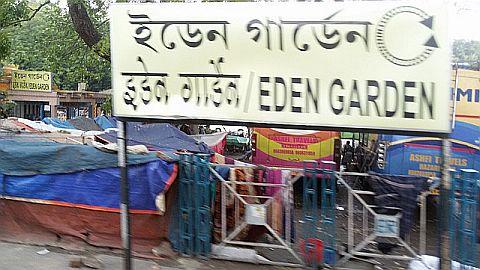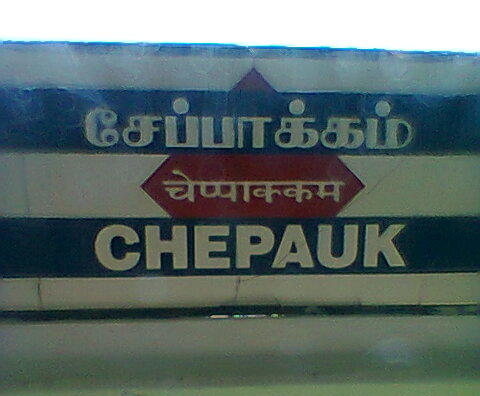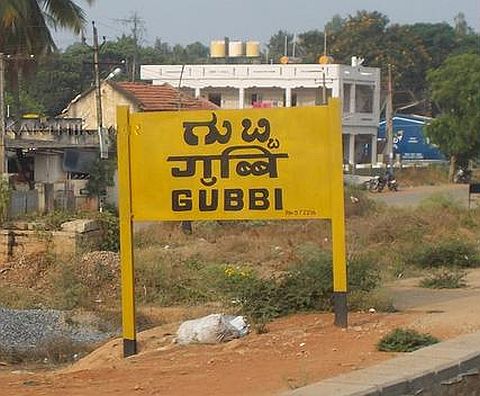With the summer season of 2020 out of the way, we review Test captaincies up to Aug 31, 2020:
Most Tests

Headed by Tendulkar with 200. Anderson (156) and Broad (143) are unlikely to come near, although they may challenge Cook for the England record of 161.
Most Tests as captain:

GC Smith leads with 108. Kohli (55) will probably overtake Dhoni (60) but is unlikely to come near GC Smith. Root (44) is probably the only other captain who will move up a bit-but may not pass Cook’s England record of 59.
Most Tests not as captain:

Tendulkar again, with Anderson and Broad some distance behind.
The next logical question is to find who has played the
Most Tests without ever being captain:

The record was held by Warne for a long time. He has now been overtaken by Anderson with Broad just behind him. Other potential candidates like Ishant Sharma and Lyon are unlikely to come near. VVS Laxman has the India record of 134.
And finally
Those who were captains in all their Tests:

Many of them were from the glorious days of amateurs ruling the roost, although that does not apply to the first few names here. Germon and Porterfield are the only ones from recent times.
Also note the 5 who captained their sides in their only Tests. CA Smith was the only to have won their Test, and ultimately settled in Hollywood.
Also note the father-son duo of FT Mann and FG Mann.
Vizianagram or Vizzy joins his amateur English friends here.



















